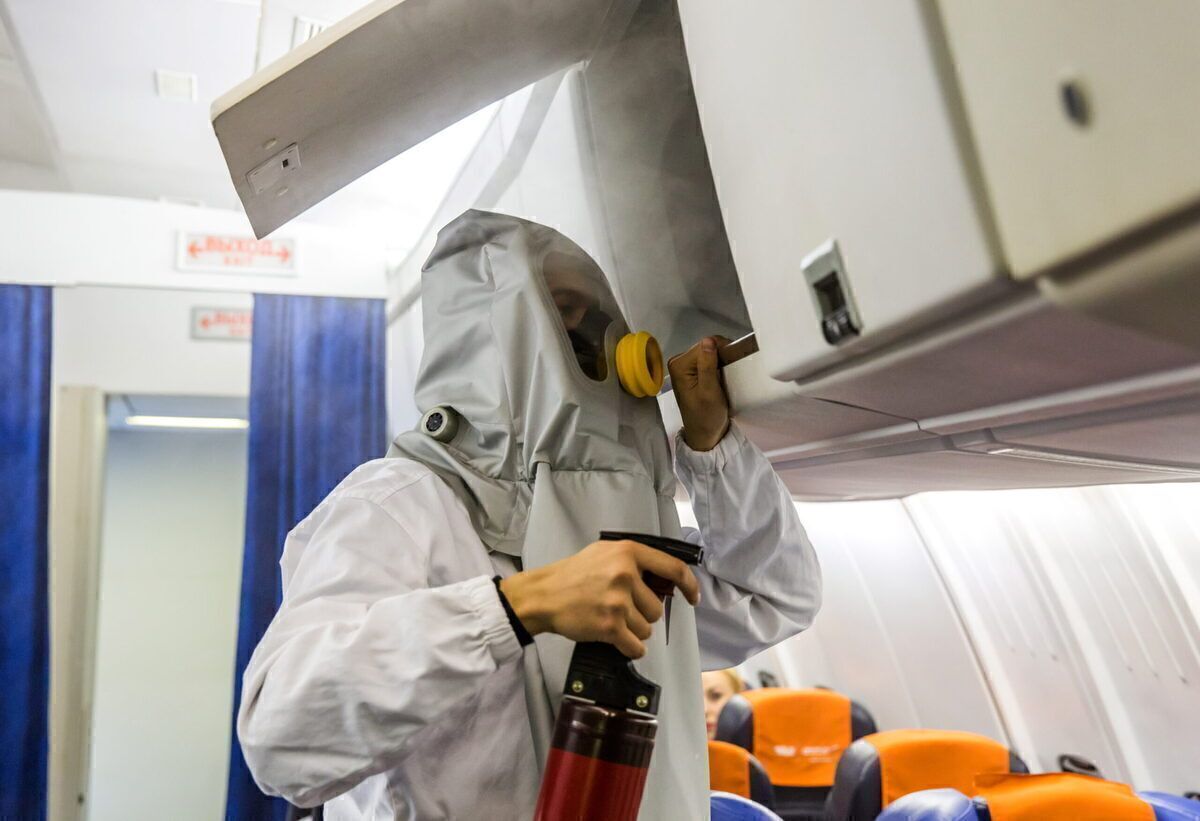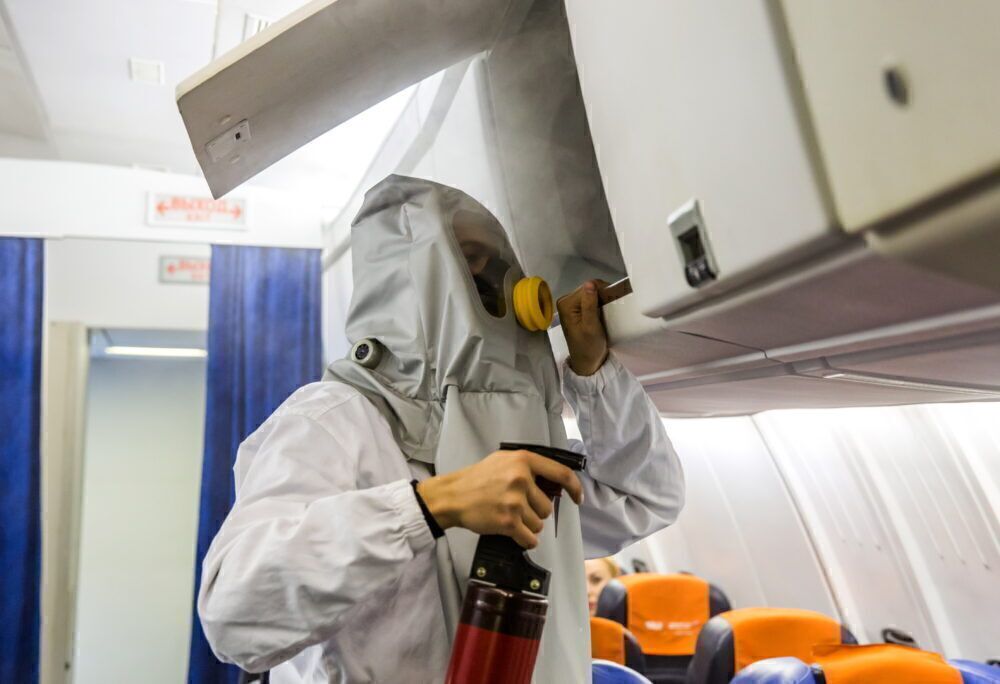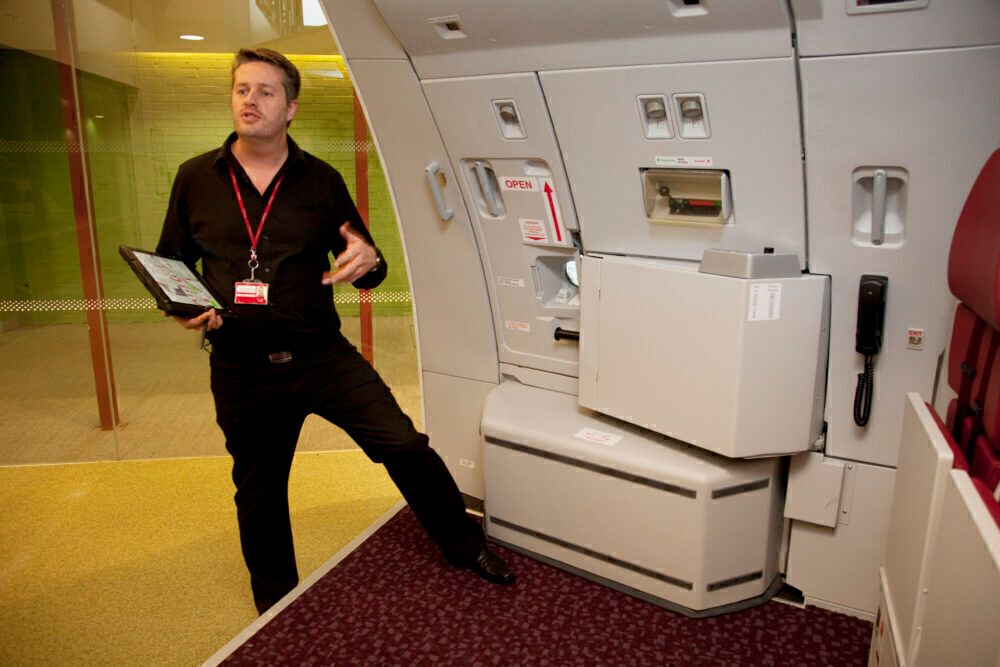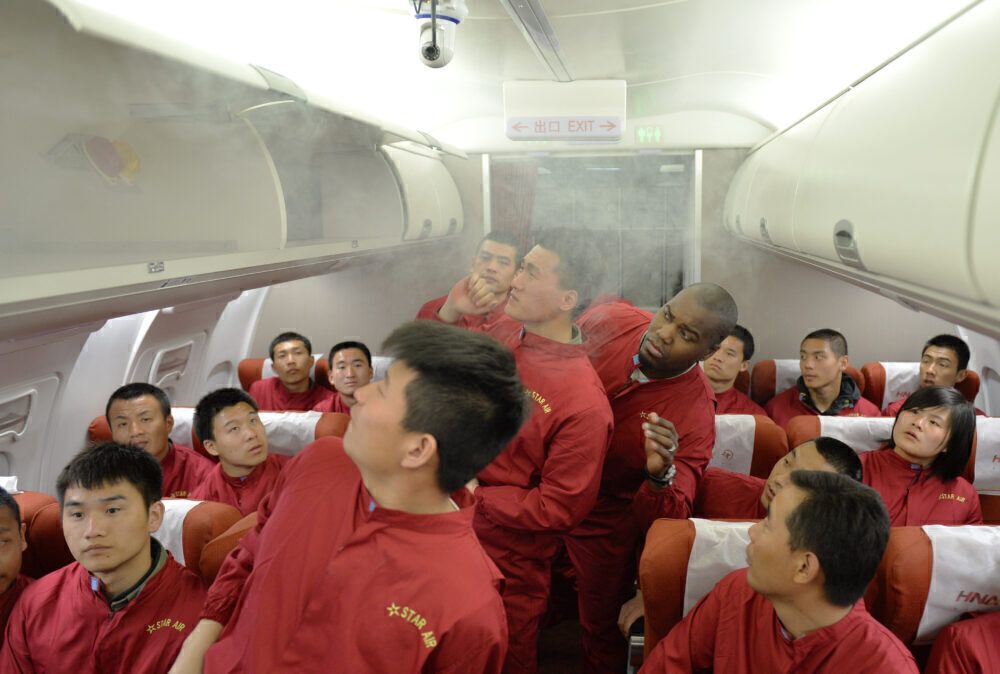More important than ensuring passengers are fed and comfortable, the role of flight attendants, first and foremost, is to ensure the safety of everyone onboard. Part of this responsibility is, naturally, dealing with rare situations where something inside the cabin is on fire. Here is how flight crews handle fires in the passenger cabin.
Who sets firefighting procedure?
When it comes to dealing with fires- and everything else related to inflight safety-policies and procedures are established by the civil aviation authority of the country of the airline. Rather than having every airline come up with their own policies, having it come from a well-established authority like the FAA, EASA, or CAA, will ensure a uniform standard for all airlines within the country.
In this article, we will draw our information from an Advisory Circular published by the Federal Aviation Administration (FAA) and cover the actions of all flight crew, including pilots and flight attendants.
"In-flight fires left unattended, particularly those that are not readily accessible, may lead to catastrophic failure and have resulted in the complete loss of airplanes. Fire tests conducted by various regulatory authorities have shown that fires allowed to spread into the aircraft’s overhead area may become uncontrollable in as few as 8–10 minutes." -FAA Advisory Circular 120-80A "In-flight fires"
What pilots should do in the event of a fire
When a cabin fire is reported, flight crew are expected to do the following:
- Put on protective equipment immediately. This includes smoke goggles and oxygen masks.
- Plan for an immediate descent and landing at the nearest suitable airport. This includes notifying ATC. The FAA notes that delaying descent by only a couple of minutes may "make the difference between a successful landing and evacuation and complete loss of the aircraft."
- Notify flight attendants to prepare for an emergency landing.
- Assisting in fighting the fire, if appropriate.
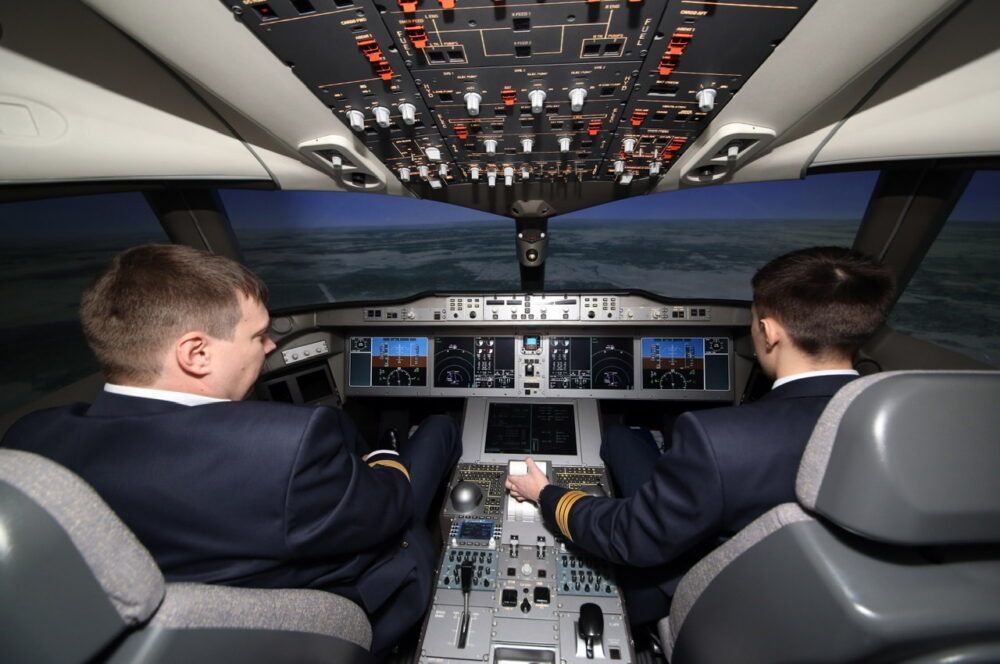
How flight attendants should react to a cabin fire
As the main flight crew overseeing the passenger cabin, flight attendants are the first line of defense against a fire. As such, flight attendants are expected to be aggressive with the fire, fighting it immediately. However, fighting the fire is just one of many roles and tasks in the event of a fire.- Firefighter. This crew member is typically a flight attendant. The firefighter will aggressively locate the source of the fire and make every effort to extinguish it. The specific procedure for fighting the fire will depend on the nature of it. For example, lithium battery fires should be treated differently from other burning objects. Using a halon or water extinguisher will be the solution in most cases.
- Communicator. A second crewmember can act as the communicator, relaying information to the flight deck, including the location, source, and severity of the fire. In addition to keeping the flight deck updated with all relevant information, the communicator's role can also include informing passengers of the situation while keeping them calm.
- Runner. The 'runner' role may include the following tasks in support of the firefighter:
- Obtaining additional firefighting supplies,
- Relocating passengers,
- Distributing towels for passengers to breathe through
- Ensuring aircraft and or therapeutic oxygen bottles are moved out of the immediate area.

